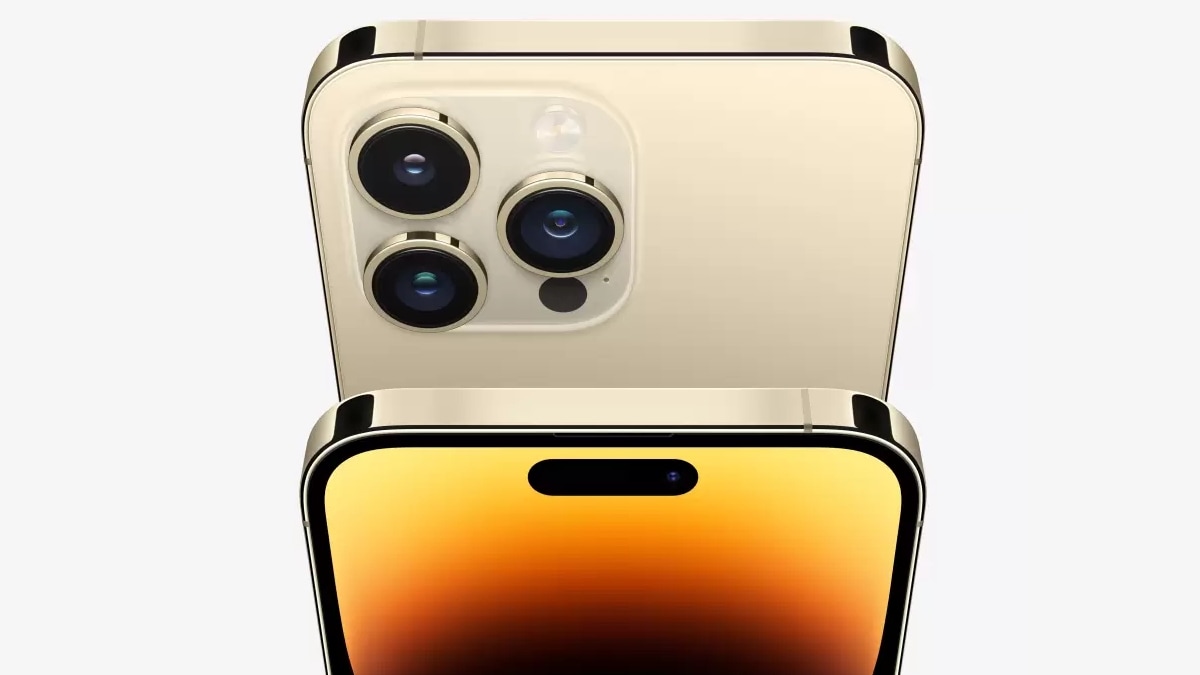Apple took care of two problems by announcing its new Dynamic Island feature last year. Dynamic Island serves as a neat cover-up for its Face ID technology, (which Apple has refused to let go off over the years) and makes for a more palatable approach for including a front-facing camera instead of a bucket-shaped display notch. The pill-shaped Dynamic Island, (which actually consists of two display cutouts) also works as a software feature to relay notifications or the status from apps about ongoing activities and tasks. Indeed, this seems like a win-win solution for Apple and its users, but the company has plans to take this feature further as explained in this recently awarded patent.
As per recent leaks and rumours, Apple is looking to hide that pill-shaped cutout (to an extent) by using under-display technology, which is similar in theory to what’s available on devices like Samsung’s Galaxy Z Fold 4, letting the company hide its Face ID components to an extent that it does not appear as intrusive as it already is in its current form.
First reported by 9to5Mac, Patently Apple points out that Apple has won a new patent related to the Dynamic Island feature, along with details about how and where it plans to use this patent across its device lineup.
The patent explains that Apple could place these transparent windows (new Dynamic Island) with one or more sensors at three positions on the display. The patent allows Apple to place this transparent window along the top border, at the corner of the display or even at the centre portion along the top edge of the display. Moreover, it even explains how the area of the window around this transparent display can change its shape and size, which is very similar to the Dynamic Island implementation available on iPhone models available today.
While having the transparent window along the top border makes sense for an iPhone, the other two implementations appear to be meant for other devices in Apple’s ecosystem. Apple openly states that the new under-display Dynamic Island implementation could also be meant for its Watch, iPad, and Mac devices as well. It also states the possibility of the feature appearing in eyeglasses, a mixed-reality headset, a heads-up display in a vehicle, and more.
But there’s more. Apple in the patent filing has also reportedly listed down the sensors that could be used for this transparent window. The list also includes some interesting additions like a Touch ID sensor (embedded in a display) or even those for measuring three-dimensional non-contact gestures (“air gestures”) using the same implementation and hardware setup. Other interesting add-ons also include health sensors. Patently Apple explains that the sensors embedded into this transparent window setup could also work with other sensors or hardware available on a device to gather results for a particular feature.
Apple’s transparent window or under-display technology appears to work in a manner that is similar to Samsung‘s implementation of under-display tech. This is done by selectively removing certain pixels in an array, reducing the pixel density and increasing light transmittance, allowing the sensors below to capture necessary visual data.
